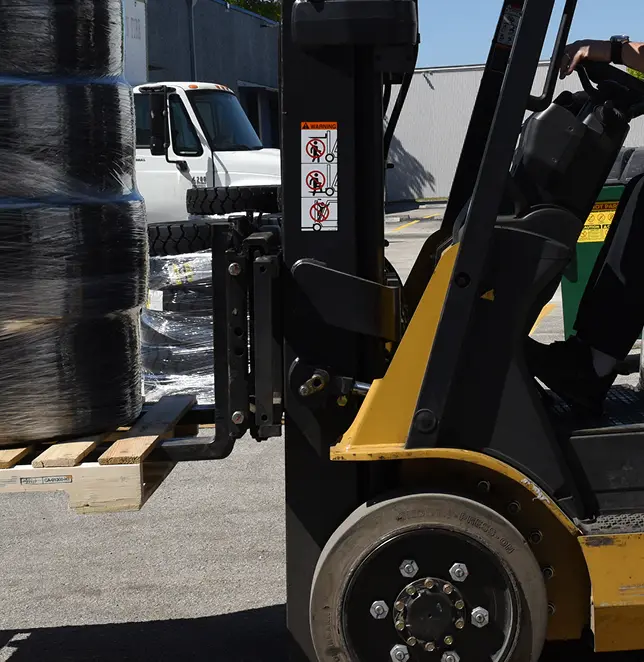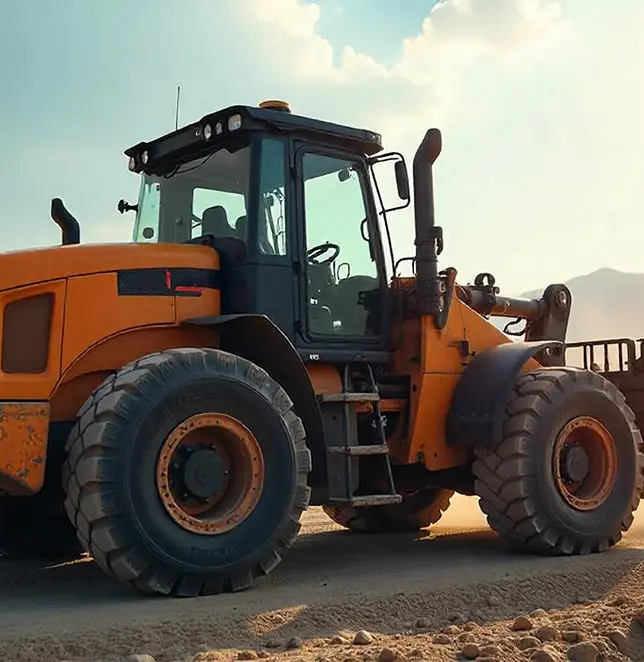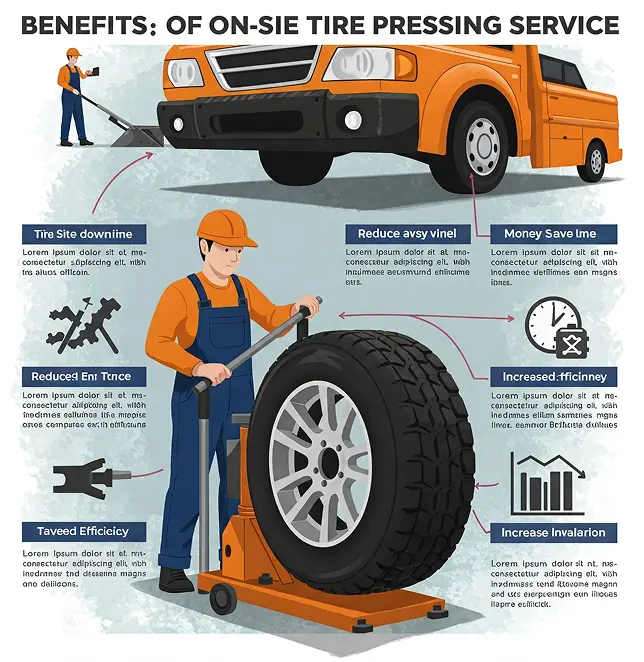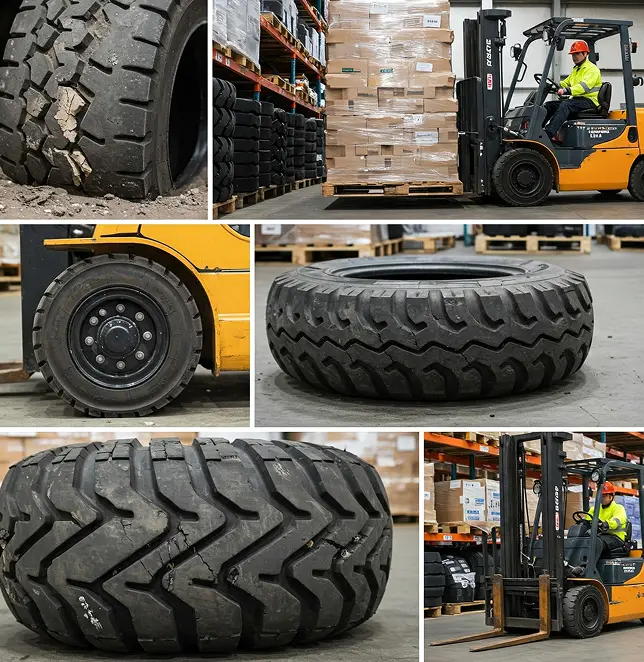When it comes to choosing the right tires for your forklift, the decision between solid and pneumatic tires is crucial. The right choice can improve efficiency, reduce maintenance costs, and enhance safety. In this article, we’ll explore the differences between solid and pneumatic forklift tires and help you determine the best option for your needs.
Understanding Solid and Pneumatic Forklift Tires
Solid Forklift Tires
Solid tires, also known as cushion tires, are made entirely of rubber. They are highly durable and resistant to punctures, making them ideal for indoor applications and smooth surfaces such as warehouses, distribution centers, and manufacturing facilities.
Advantages of Solid Tires:
- Longer lifespan: Solid tires wear out more slowly than pneumatic tires, reducing the need for frequent replacements.
- Puncture resistance: Since they are not filled with air, they are immune to flats and blowouts.
- Low maintenance: With no need for air pressure checks or repairs, solid tires require less upkeep.
- Better stability: They provide a lower center of gravity, enhancing stability, especially in high-capacity forklifts.
Disadvantages of Solid Tires:
- Less cushioning: They offer less shock absorption, leading to a rougher ride for operators.
- Limited outdoor use: Solid tires do not perform well on rough terrain, gravel, or uneven surfaces.
Pneumatic Forklift Tires
Pneumatic tires are air-filled or foam-filled tires that resemble those used on trucks and other heavy equipment. They are designed for outdoor use and rough terrain applications.
Advantages of Pneumatic Tires:
- Superior shock absorption: Their air-filled design allows for a smoother ride, reducing operator fatigue and equipment wear.
- Better traction: Pneumatic tires provide excellent grip on uneven and slippery surfaces.
- Versatility: They can be used both indoors and outdoors, especially in rugged environments.
Disadvantages of Pneumatic Tires:
- Higher maintenance: Regular air pressure checks and potential repairs are required to prevent flats and blowouts.
- Shorter lifespan: They tend to wear out faster than solid tires, leading to more frequent replacements.
- Higher costs: Pneumatic tires generally have a higher initial cost and ongoing maintenance expenses.
Choosing the Best Option for Your Forklift
The best choice depends on your specific work environment and operational needs. Consider the following factors:
- Indoor vs. Outdoor Use: If your forklift operates primarily indoors on smooth surfaces, solid tires are the best choice. For outdoor or rough-terrain use, pneumatic tires are preferable.
- Budget: If you want to minimize long-term maintenance costs, solid tires are more cost-effective. However, if comfort and shock absorption are priorities, pneumatic tires may be worth the investment.
- Load Capacity: Heavier loads benefit from solid tires due to their increased stability, while pneumatic tires are better for handling uneven surfaces.
- Maintenance Resources: If your facility lacks the ability to perform frequent tire maintenance, solid tires are a hassle-free option.
Conclusion
Both solid and pneumatic forklift tires have their unique advantages and disadvantages. If you operate mainly on smooth indoor surfaces, solid tires offer durability and low maintenance. If you need to navigate rough outdoor terrain, pneumatic tires provide better traction and ride comfort. Evaluating your specific needs will help you make an informed decision and maximize your forklift’s performance.
For expert advice and premium-quality forklift tires, contact our team today!



